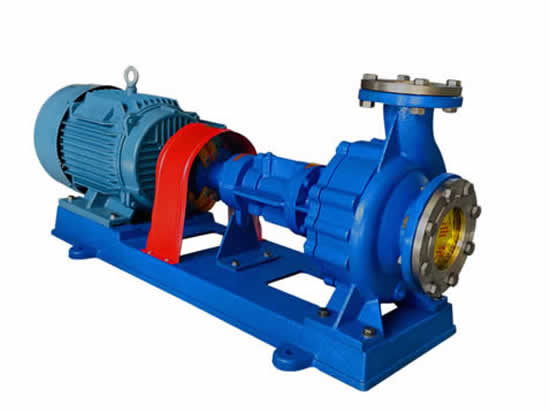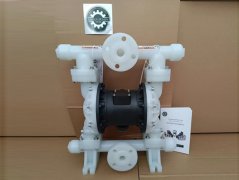The material selection of the components of the magnetic drive pump "magnetic coupling"
The main components of magnetic pump are pump body, impeller, inner magnet steel, outer magnet steel, isolation sleeve, pump inner shaft, pump outer shaft, sliding bearing, rolling bearing, coupling and so on.
The key component is the "magnetic coupling". It is composed of inner magnetic steel, (including guide ring and sheath), outer magnetic steel (including guide ring) and isolation sleeve.
The material selection of the internal and external magnetic steel has a significant impact on the efficiency and reliability of the magnetic pump. Currently commonly used materials are as follows:
Rare earth cobalt is a new type of permanent magnet steel. Such as samarium cobalt, aluminum nickel cobalt, praseodymium cobalt, mixed rare earth cobalt and dilute cobalt copper. Its magnetic energy product can reach 80~240kl/m, the magnetic transmission efficiency is high, and it has strong anti-demagnetization ability. Its coercivity HCT is 360~1200kA/m. The use temperature can reach 300℃.
NdFeB is also a rare earth permanent magnet. The basic performance is similar to that of samarium cobalt, but the magnetic energy product is higher than that of samarium cobalt. The disadvantage is that the operating temperature is only 120°C and the magnetic stability is relatively poor.
Ferrite was used as the material of magnetic pump in the early days, but because the magnetic energy product is only 10~30kj/m3, the operating temperature is only 85℃, and the magnetic transmission loss is also large, it has been seldom used now.
Metal isolation sleeve, due to the eddy current loss in the sleeve, in order to reduce the eddy current loss and improve the transmission efficiency, high-resistance materials such as Hastelloy C (Hastelloy C) are usually used. At this time, the eddy current loss accounts for about 5% to 25% of the total transmission efficiency.
The non-metallic isolation sleeve can improve the transmission efficiency because there is no eddy current loss in the sleeve, but the temperature resistance is low, generally only 100~120℃.





 +8617731766260/18233754501
+8617731766260/18233754501  fan@saikenpumps.com
fan@saikenpumps.com









 +8617731766260/18233754501
+8617731766260/18233754501 +86-317-8227664
+86-317-8227664
 +8618233754501
+8618233754501